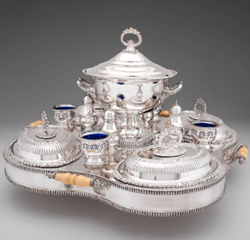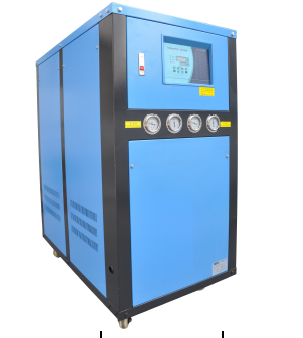According to the requirements of the electricity deoiling process, it is not appropriate to use copper to make the racks, otherwise the copper oxide film will dissolve in the bath and the bath will be contaminated. Although some electro-resolved oils are subject to weak corrosion treatment, the copper film on the copper racks will be corroded during electrolysis, but the copper ions that are etched off will continue to accumulate when the workpiece is processed in this weakly corrosive tank. It will be replaced, and the result will seriously affect the bond strength of the coating. The finished copper hanger can be plated with a layer of nickel to protect it.
For general conventional plating, the use of steel material hangers or iron wire bindings other than acid copper plating is acceptable and can meet the requirements.
Under normal circumstances, in addition to being used for the first time, steel racks are generally plated, mainly nickel, because nickel is mostly a final coating, and copper plating is also mostly covered by nickel.
The hangers plated with zinc, cadmium, tin, lead, chromium, black nickel, etc. shall be removed before the second use, so as to avoid dissolving these coatings in the solution and dissolving the solution when the oil is discharged. The coating quality of the workpiece (when the metal ions are accumulated in the electricity releasing oil solution, it will be deposited on the workpiece during the process of releasing the oil from the cathode electrode, which will seriously affect the bonding strength of the plating layer during plating).





